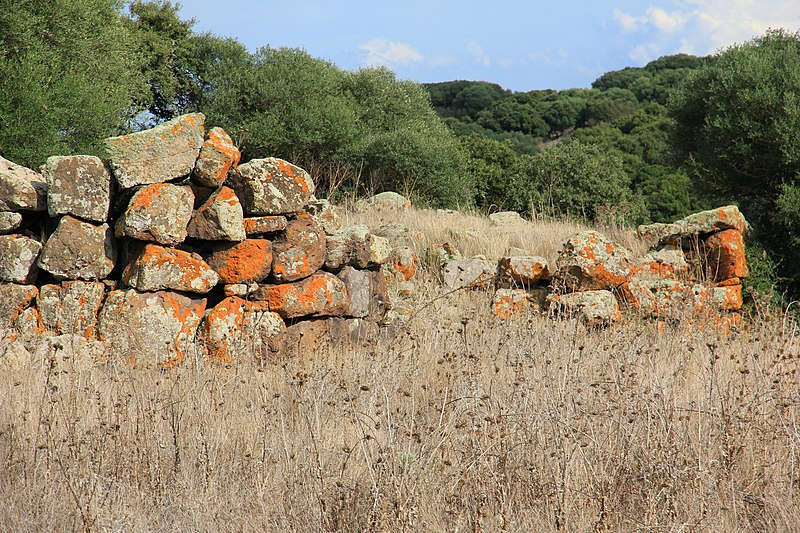Corpo Pagina
The oldest evidence of human presence in the territory of Tula, a small village in the central north of Sardinia, in the province of Sassari, has been attested since prehistoric times.
The most interesting site, dated between the recent and final Neolithic, the period in which Sardinian megalithism developed, is that of sa Mandra Manna, where the traces demonstrate that it was inhabited over a period of several millennia, up to the Byzantine era. The complex consists of a semicircular megalithic wall, a small dolmen, a corridor nuraghe, a giants’ tomb, a spring and two menhirs. The site, in an elevated position and therefore easily defensible, is also suitable for agriculture and pastoralism; these factors have favored its occupation since ancient times.
In Coloras area there is a domus de janas which is characterized by its mushroom shape; about two kilometers from the town, in the Su Padru area, you can admire the domus de janas of Concas.
During the Nuragic era the territory of Tula was intensely populated, thanks to its strategic position; near Lake Coghinas, there are the nuraghi Occultu, Mazzone and Mannu.
Other important evidence of the Nuragic civilization are the nuraghe S’Arroccu, near some giants’ tombs, and Sa Pigalva nuraghe.
Two bronze votive ships come from the hoard in Badu ‘e Trovu: one of them, with a mouflon or ram protome prow, is preserved in the Musei Nazionali di Cagliari.
The Roman age is attested by the discovery of coins.
Featured image: Sa Pigalva nuraghe – ph.credits – Gianni Careddu via Wikimedia Commons

